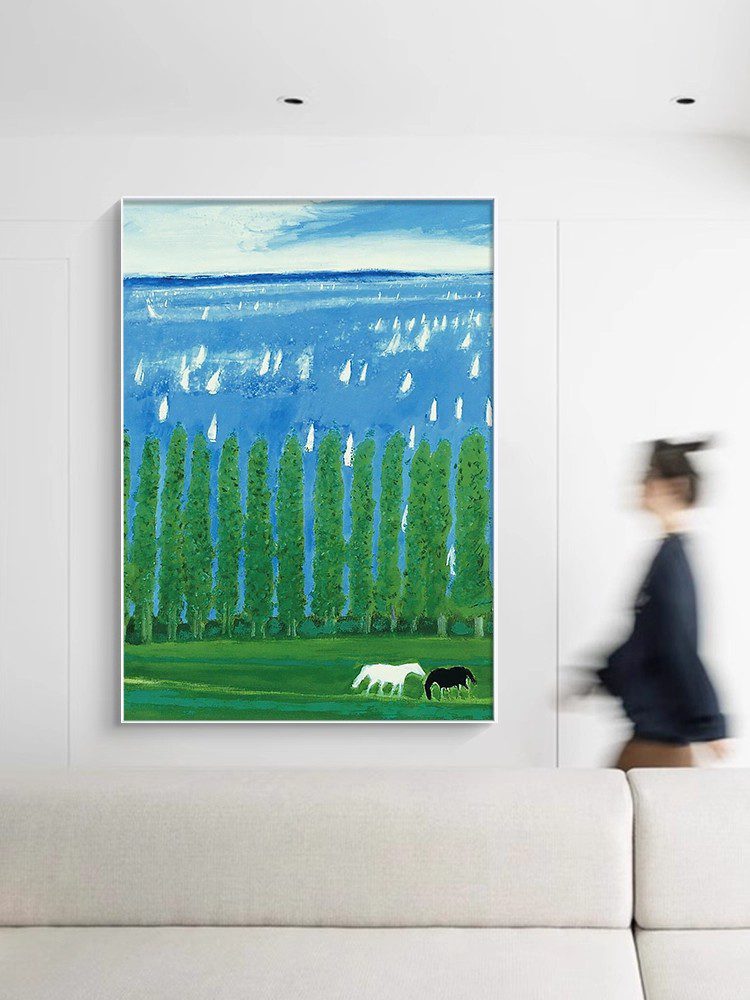Exploring Offline Hand-Painted Oil Art Courses: A Guide to Structured Learning
For those seeking to master hand-painted oil art through offline training, selecting a course that aligns with your skill level, learning style, and creative goals is essential. Below are key considerations and resources to help you find the right program.
Curriculum Design and Progression
A well-structured curriculum should balance theory and practice, guiding students from foundational techniques to advanced concepts. Look for courses that start with material exploration, such as understanding canvas preparation, brush types, and pigment properties. Early lessons often focus on color mixing, tonal studies, and basic brushwork, while intermediate modules introduce layering, glazing, and texture creation. Advanced programs may include portraiture, landscape composition, or experimental techniques like impasto.
Some institutions offer thematic courses tailored to specific interests. For example, a course might emphasize classical realism, teaching students to replicate the techniques of Renaissance masters, while another could focus on contemporary abstract art, encouraging experimentation with form and emotion. Others integrate art history, analyzing iconic works to inspire original creations.
Instructor Expertise and Teaching Style
The quality of instruction significantly impacts learning outcomes. Seek courses led by experienced artists with a strong educational background or professional practice. Instructors should demonstrate proficiency in multiple oil painting styles and techniques, offering personalized feedback to address individual challenges.
Classroom dynamics also matter. Smaller groups allow for more one-on-one guidance, while larger classes may foster peer interaction and diverse perspectives. Some instructors prioritize step-by-step demonstrations, ideal for beginners, whereas others encourage independent exploration, suitable for advanced learners. Attend trial sessions or observe classes to gauge the instructor’s approach and ensure it matches your preferences.
Practical Learning Opportunities
Offline courses should provide ample hands-on practice, allowing students to experiment with techniques in a supervised environment. Look for programs that include live model sessions for portraiture, outdoor sketching trips for landscapes, or studio time for still-life studies. These experiences help students apply theoretical knowledge to real-world scenarios, refining their observational skills and artistic intuition.
Additionally, courses that incorporate critiques or group discussions enable students to receive constructive feedback and learn from their peers. Some institutions also organize exhibitions or open studios, offering opportunities to showcase work and build confidence. These activities not only enhance technical abilities but also nurture creativity and self-expression.
Flexibility and Accessibility
Consider the course schedule and location when making your decision. Full-time programs are ideal for those seeking intensive training, while part-time or weekend classes accommodate working professionals or students. Some institutions offer modular courses, allowing learners to enroll in specific units based on their interests or availability.
Accessibility is another crucial factor. Choose a venue that is easy to reach, with adequate facilities such as natural lighting, ventilation, and storage for materials. If the course requires additional resources, such as access to a library or art supply store, ensure these are conveniently located.
Community and Networking
Joining an offline course provides more than just technical training—it connects you with a community of like-minded individuals. Engage with fellow students, share ideas, and collaborate on projects to expand your creative network. Many institutions also host artist talks, workshops, or industry events, offering insights into the art world and potential career opportunities.
Some courses may partner with galleries, museums, or cultural organizations, providing students with exposure to professional practices and exhibitions. These connections can be invaluable for those looking to pursue a career in art or related fields.
